-
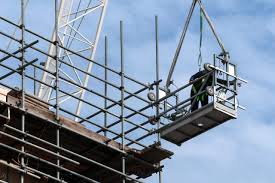
What Are Scaffold Weight Limits?
Scaffold weight limits refer to the maximum amount of weight that a scaffold system can safely support without compromising its structural integrity. These weight limits are determined by factors such as the type of scaffold, its design, materials used, and the specific configuration of the scaff...Read more -
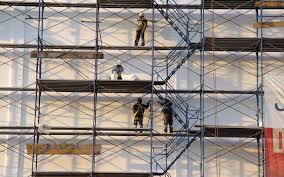
Essential Scaffold Parts Every Construction Professional Should Know About
1. Scaffold frames: These are the structural supports that hold the scaffold up and provide stability. They may be made of steel, aluminum, or other materials. 2. Scaffold boards: These are the planks that workers stand on or use for working at heights. They should be securely attached to the fra...Read more -
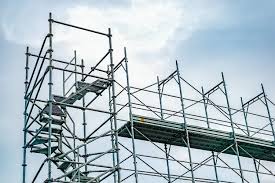
Why Aluminum Scaffolding Outperforms Steel in Construction?
1. Lightweight: Aluminum scaffolding is much lighter than steel, which makes it easier to handle and transport. This reduces the amount of labor required to set up and take down the scaffolding, saving time and money. 2. Durability: Aluminum is a highly durable material that can withstand frequen...Read more -
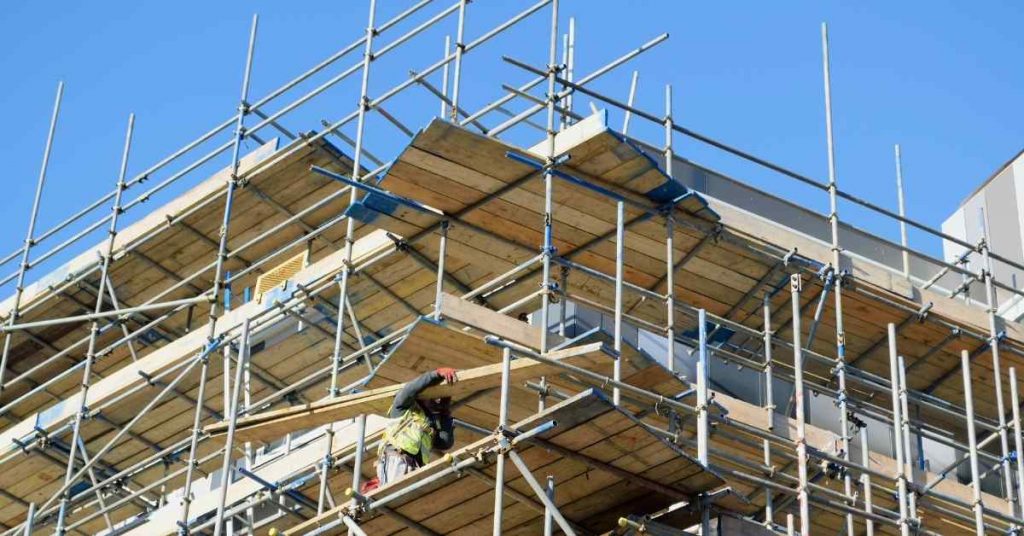
Be sure to know these 6 scaffolding safety inspection points
Scaffolding is an important facility on construction sites, and safety is of paramount importance. When conducting scaffolding safety inspections, you must pay attention to the following points to ensure that the construction site is safe! When conducting scaffolding safety inspections, be sure t...Read more -
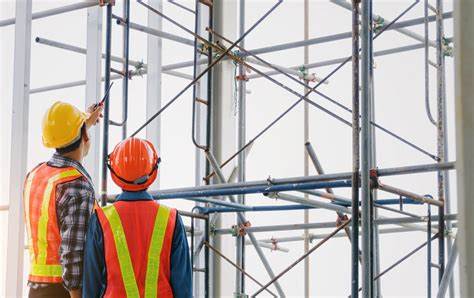
What are the types of scaffolding, and what are the common ones
Common scaffolding can generally be divided into the following four categories: 1. Structural engineering scaffolding (referred to as structural scaffolding): It is a scaffold set up to meet the needs of structural construction operations, also known as masonry scaffolding. 2. Decoration project ...Read more -
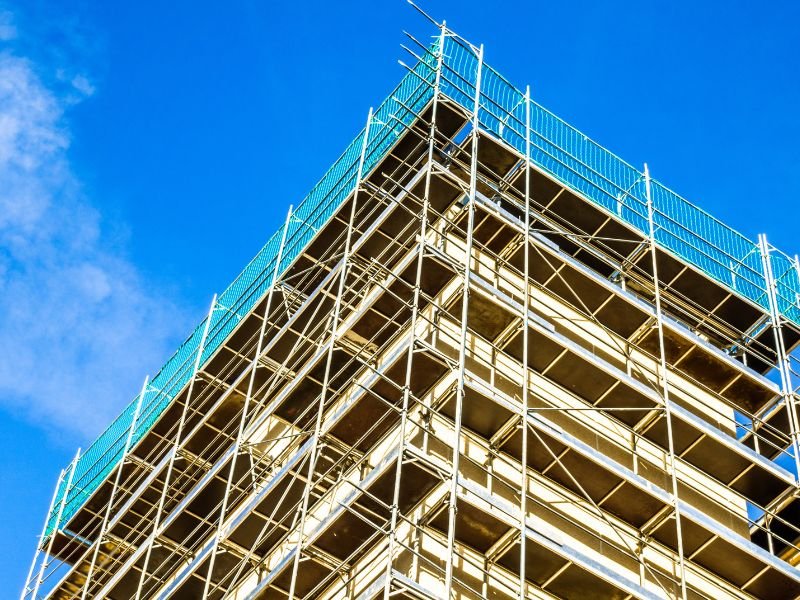
Construction method of external wall socket-type disc buckle steel pipe scaffolding
Since the development of foreign wall scaffolding, fastener-type steel pipe scaffolding has been the most widely used, but there are shortcomings in assembly and disassembly, reliability, safety, and economy. The exterior wall socket-type disc buckle steel pipe scaffolding that has been used in p...Read more -
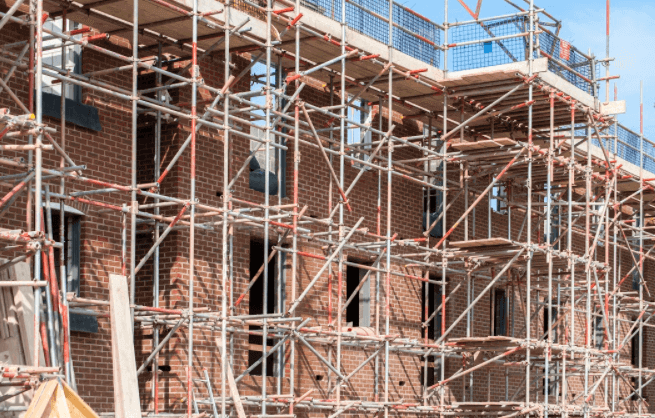
Emergency measures for large-scale scaffolding deformation accidents
(1) For local deformation of the scaffold caused by foundation settlement, a set of figure-eight or scissor braces should be erected on the double-row frame section, and a set of vertical poles should be erected before the deformation area is discharged. Provide the scissors’ splayed base o...Read more -
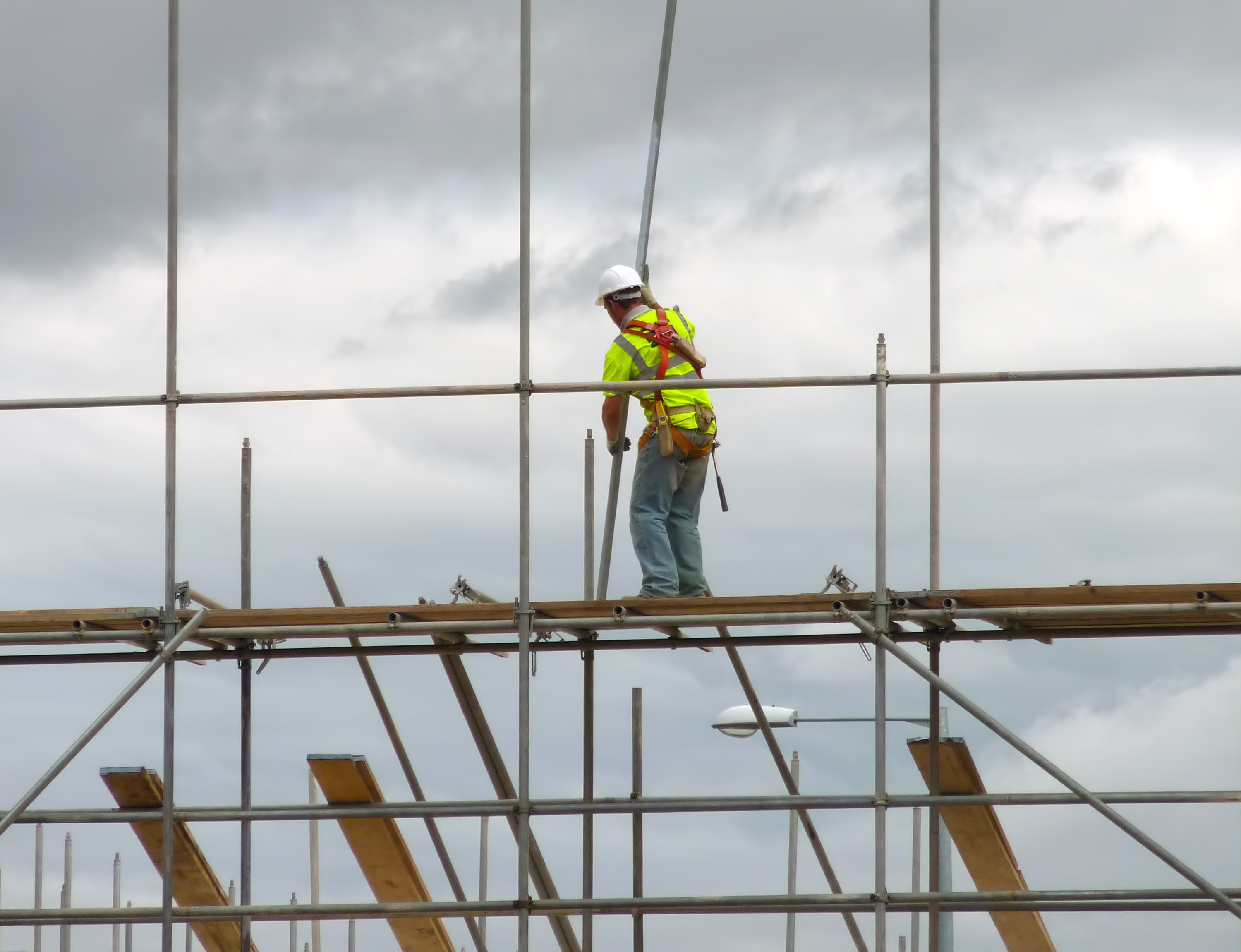
Installation of industrial scaffolding details
Scaffolding is a platform support structure used for employees working at heights or for material accumulation. Scaffolding is divided into two categories, namely brackets supported from below and brackets suspended from above. When preparing for a scaffolding erection job, the first thing...Read more -
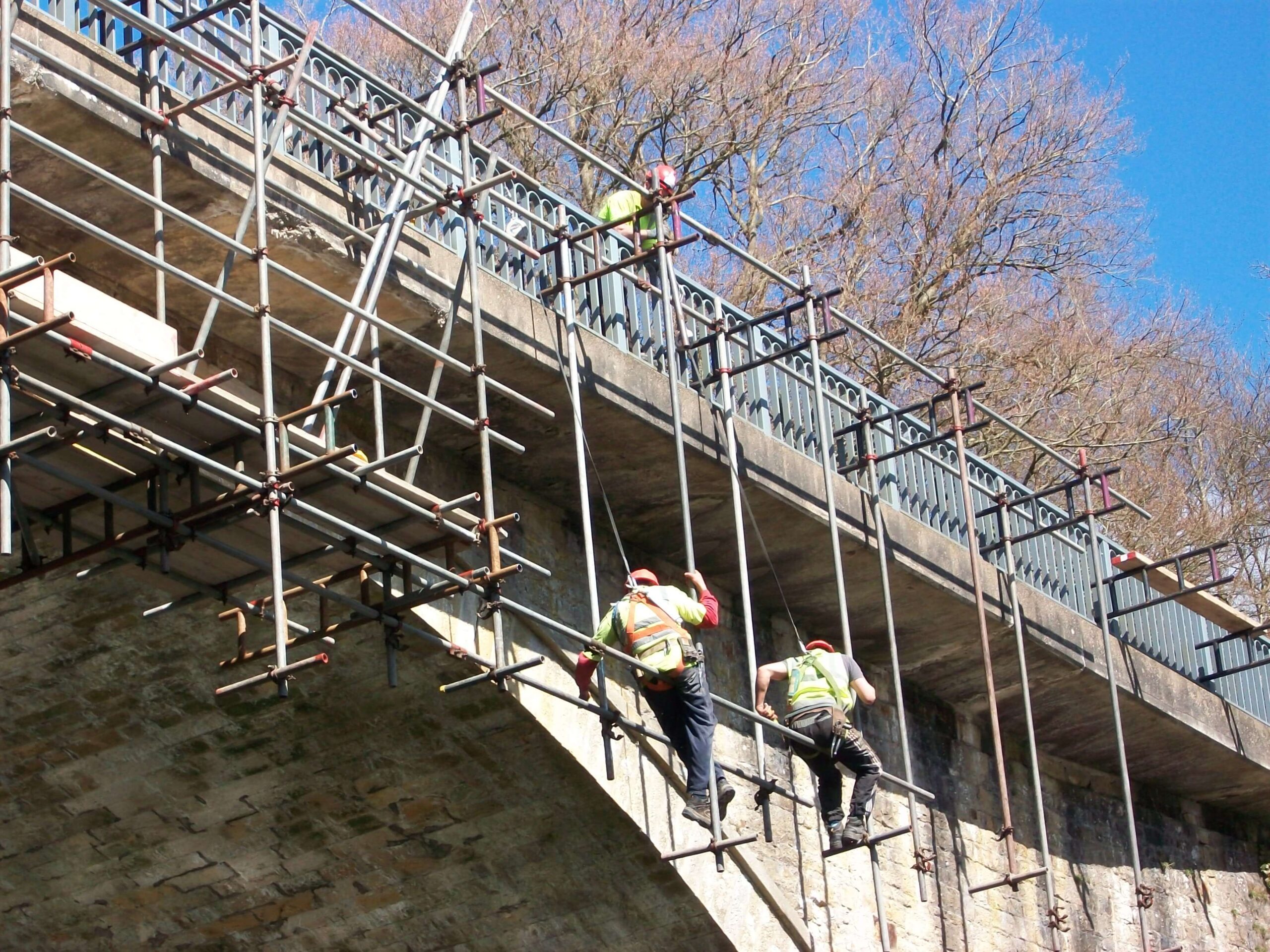
Things to note when erecting mobile scaffolding include
A solid ground should be selected for construction, and it should be confirmed whether the weather and surrounding power facilities affect the construction, and ensure that all parts are intact. Defective parts should be replenished or replaced on time; During construction, operators should have ...Read more
